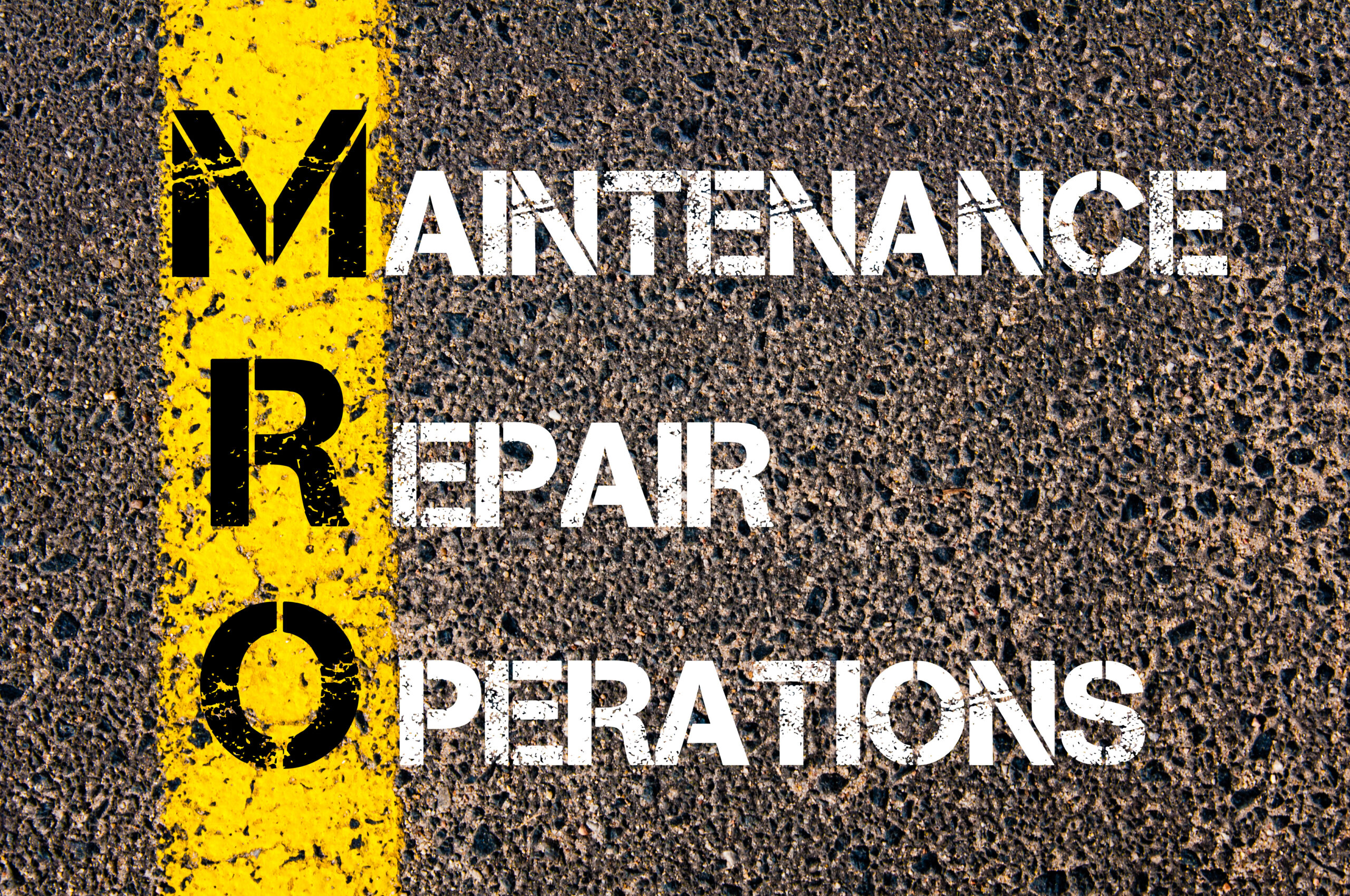Reliability Engineering: The Strategic Advantage Behind Every High-Performing Asset
In asset-intensive industries, keeping equipment running efficiently, safely, and cost-effectively is a top priority. Reliability engineering plays a crucial role in achieving this goal by ensuring that assets are designed, maintained, and operated to minimize failures and maximize performance. A strong reliability engineering program helps organizations reduce downtime, lower maintenance costs, enhance safety, and extend asset life. Whether in manufacturing, energy, transportation, or utilities, companies that invest in reliability engineering gain a competitive advantage by improving operational efficiency and asset performance. What is Reliability Engineering? Reliability engineering is a systematic approach to improving the dependability of assets and systems. It …Read more »









